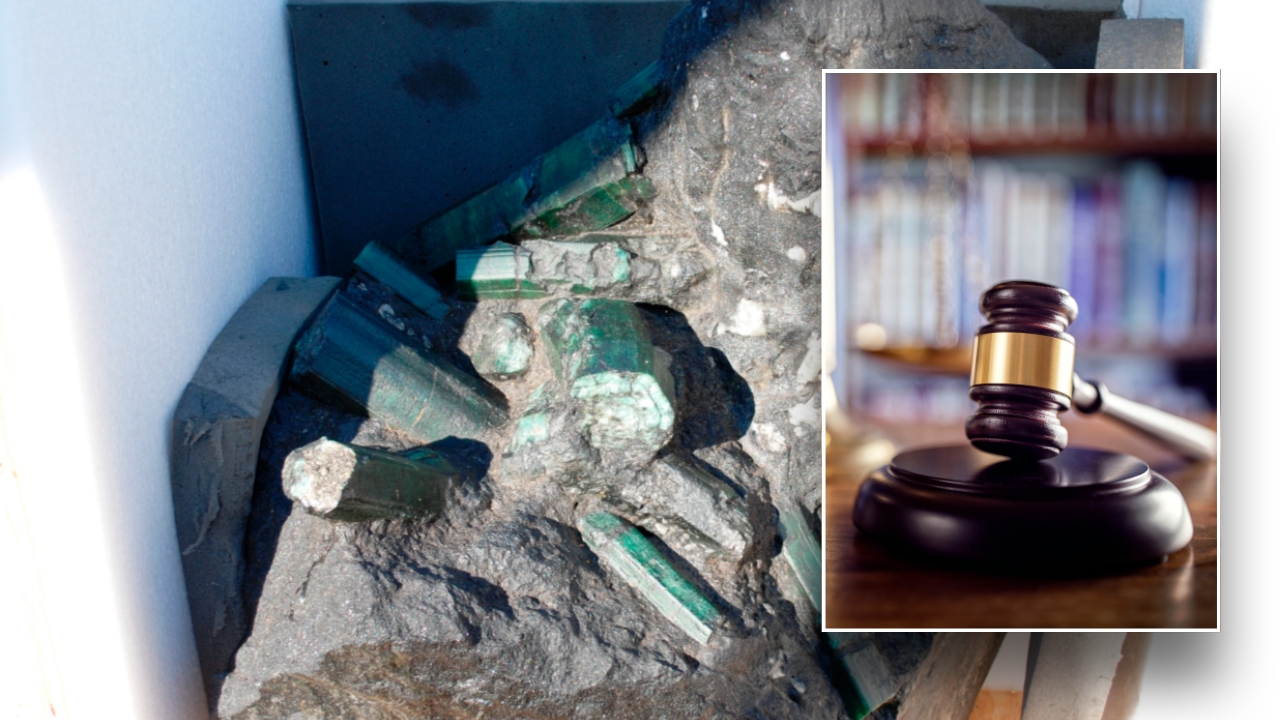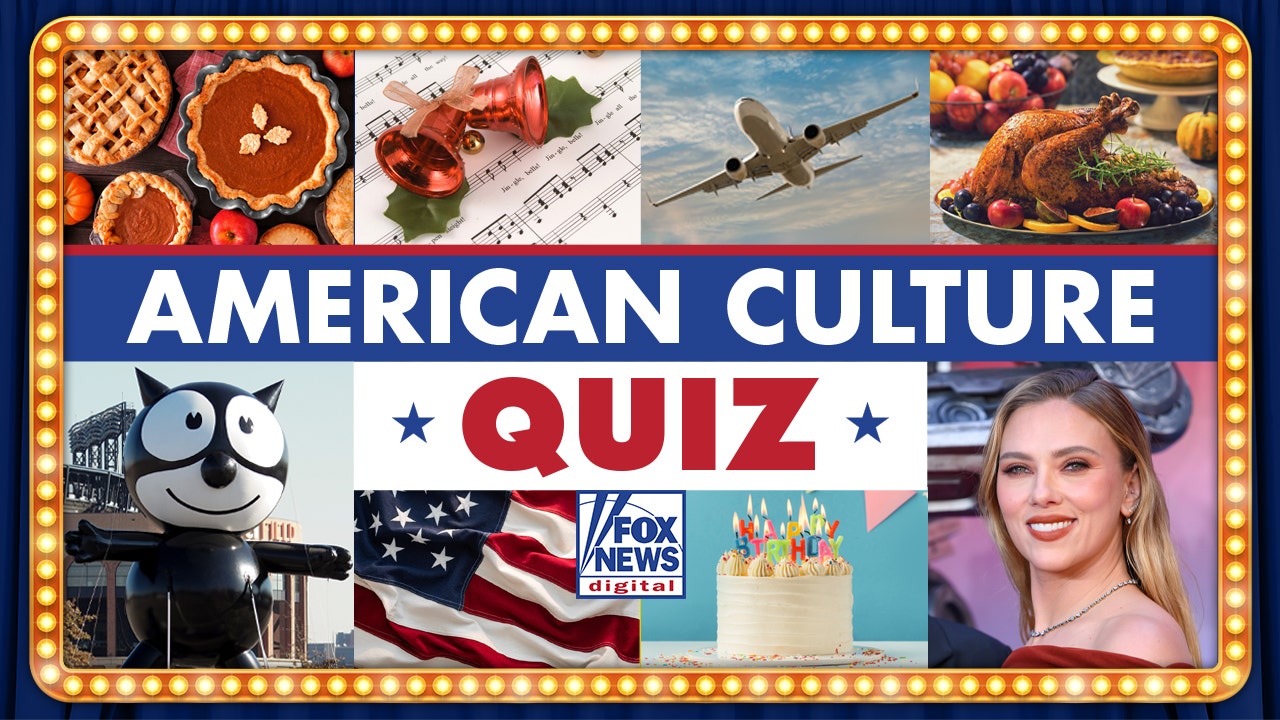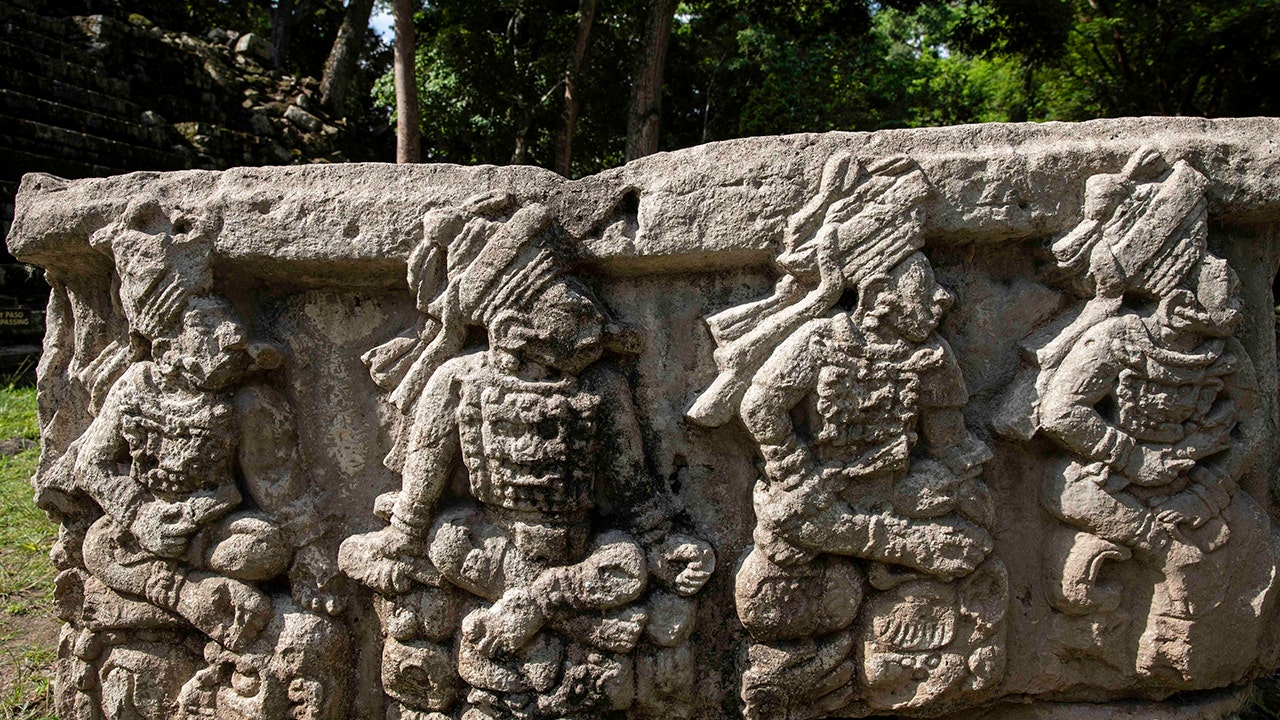As autumn proves and Robert Frost reminds us, “Nothing Gold Can Stay.”
In October, daylight wanes, fields empty and much of the Northern Hemisphere turns itself towards full blown memento mori.
All of this death is not without ceremony, found most notably in Halloween, a holiday whose origins trace back to the Iron Age and a feast of fire.
Samhain or Samhuinn, pronounced sow-wen, is the pagan precursor to Halloween, a festival honoring the end of the harvest, the onset of winter and the beginning of the “dark half” of the Celtic calendar year.
The word Samhain translates to “summer’s end,” and as practicing witch Dacha Avelin richly describes, “It is the threshold to the season of Death.”
Apropos of this, Samhain coincides with the suns journey through Scorpio, itself a threshold sign that rules the eighth house of sex, death and regeneration.
Samhain traditions
Sitting square between the autumn equinox and the winter solstice, Samhain was observed as one of four annual “fire festivals.”
In the ancient tradition, while the last of the crops were collected, hearth bonfires in individual homes were left to burn out. After the harvest was complete, “celebrants joined with Druid priests to light a community fire using a wheel that would cause friction and spark flames.”
Original Samhain celebrations included a bonfire with a take home flame, a kind of goth-tinged “this little light of mine” vibe.
“The wheel was considered a representation of the sun and used along with prayers…participants took a flame from the communal bonfire back to their home to relight the hearth.”
This torch offered both warmth and protection for the home, a kind of goth-tinged “this little light of mine” vibe.
Can dig.
Mandatory bender
Some sources maintain that OG Samhain celebrations were a bit of a bender, a full few days of excessive mead drinking and gratuitous feasting. A Taurus poem.
Participation was mandatory, and punishment for abstaining came in the form of death and illness dealt by the gods of yore.
Anyone who used weapons or committed a crime during the festival of Samhain faced a sentence of death. Sharp retribution for those that would harsh the mellow.
Further, Samhain was held sacred and kept separate from violence; anyone who used their weapons or committed a crime during the festival faced a sentence of death. Sharp retribution for those that would harsh the mellow.
Hungry ghosts and animal hides
Ancient Celts believed that during this auspicious time of year, the proverbial veil, that divide between the living and the dead, the godly and the creaturely, was at its most permeable.
The word “bonfire” comes from bone fire, the practice of offering the bones of animals to ceremonial flames.
Very heavy metal.
Food was left on doorsteps and forest edges to honor the departed, appease hungry spirits, and protect the living, while crops and animals were offered as ritual sacrifices to be burned.
Fun fact: the word “bonfire” comes from bone fire, the practice of offering the bones of animals to the flames. Very heavy metal.
Divination was thought to be aided by this thinning of the veil and fortunes were cast by the thrown light of the towering bonfires.
The familiar tradition of wearing Halloween costumes was born from these early revelers who disguised themselves in animal skins to deceive spirits that sought to harm them.
Christian propaganda campaign: Samhain becomes All Saints Day
As Christianity conquered Celtic communities, the form and function of Samhain were amended.
The church, recognizing that rebranding was more effective than total eradication, assigned new meanings to old practices and sacred sites. In-kind, Samhain became All Saints Day, when martyrs and saints, rather than the free-range spirits of the dead, were honored.
This substitution was pseudo-seamless, as saints often have a whiff of the supernatural about them—a veritable mixed bag of born-again virgins, necromancers, stigmatics, incorruptibles, and dragon slayers.
What the pagans called magic, the Catholics called miraculous, same same but different.
What the pagans called magic, the Catholics called miraculous, same same but different. The night that preceded All Saints Day became known as All Hallows Eve, later Hallow Evening, and eventually, Halloween.
History of trick-or-treating
The Samhain tradition of leaving sustenance for spirits became the new practice of offering food and drink to the poor.
Post-Christian intervention, revelers would visit the homes of the wealthy and receive “soul cakes,” pastries given in exchange for the promise to pray for departed family members. This knock and promise a pastry exchange became known as “souling,” sowing the seeds for trick-or-treating.
In Scotland and Ireland, children eschewed the promise of prayer and instead delivered a “trick,” reciting a poem, singing a song for the dead, or otherwise performing for their “treat,” which took the common form of fruits, nuts, and spare change.
In the 19th century, Irish immigrants fleeing the certain death of the potato famine brought the practice of “trick-or-treating” to the strange shores of America.
History of the jack-o-lantern
Carving frightening faces on vegetables has its roots (pun intended) in Ireland and Scotland, where turnips served as early canvases.
Jack-o’-lanterns are related to the Irish legend of Stingy Jack (a probable Gemini), who cleverly tricked the Devil into captivity on several occasions.
Each time he had him trapped, Jack bartered the preservation of his mortal soul in exchange for the Dark Lord’s release. When he finally met his end, Jack was turned away from heaven for being a shady trickster, and as per his bargain with Beelzebub, he couldn’t be taken to hell.
Legend holds that the Devil sent Jack into the pitch-dark night of eternity with only a burning coal to light his way.
Jack placed the coal into the core of a carved-out turnip and has been roaming the earth with the ghostly lantern ever since.
The Irish came to call this creature “Jack of the Lantern,” and eventually “Jack O’Lantern.” The people of Ireland and Scotland began making their own carved lanterns, positioning them in windows and doorsteps to ward off Stingy Jack and any other marauding ghoul that may come a knocking.
How to celebrate Samhain
The growing popularity of Wicca and other forms of modern paganism that began in the 1980s saw the revival of early Samhain traditions.
Wiccan celebrations of Samhain vary and include fire ceremonies, feasting, costuming, and rituals that honor the dead and revere the natural world.
Modern Samhain celebrations typically begin on the evening of October 31 and carry through to November 1.
Interested in celebrating Samhain? There are several ways to incorporate ancient and modern practices that honor the dead and the passing of the season of plenty into the winter of wanting.
Celebrations can be joyful while also maintaining an air of reverence for all that is lost as night lengthens. Some options to consider:
Build an altar
Samhain can be a time of great closure for those who have recently lost a loved one or a time of heightened communion for those wishing to connect with the dead.
Altar offerings can include images, candles, items that recall or belonged to the deceased, bread, and cloth. This ancestral communication ritual can be performed during Samhain celebrations or during the dark (new) moon.
For more information on dialoguing with the dead, see our guide.
Light a bonfire
If space allows, light your fire outdoors. Consider a habit, personal hindrance, or harmful narrative you would like to leave behind you, commit it to paper, and offer it to the flames. Watch that motherf***er burn and imagine yourself free of it.
Prepare a Samhain feast
Prepare a meal for those you hold dear, emphasizing seasonal fruits and vegetables, foraged items, wild game, and dark bread. If you imbibe, pour cider or red wine. Eat by candlelight and consider that the life we live is as much a harvest as the crops we collect.
Eat by candlelight and consider that the life we live is as much a harvest as the crops we collect.
Reflect on how you have grown and what you have culled in the year that has passed. Offer gratitude for the company you have around you and stories about the departed who can no longer be called to the table. When you are finished with your meal, place your leftovers outside as an offering to the dead.
As we welcome winter, remember that death is necessary, new life is imminent, and honoring what has been ensures the arrival of what is yet to come. May your fires burn bright.
Astrology 101: Your guide to the star
Astrologer Reda Wigle researches and irreverently reports on planetary configurations and their effect on each zodiac sign. Her horoscopes integrate history, poetry, pop culture, and personal experience. To book a reading, visit her website.
Read the full article here
















